DeepStalk does away with a hard shell for a soft body and integrated parts to function under pressure and explore the deep sea.


DeepStalk does away with a hard shell for a soft body and integrated parts to function under pressure and explore the deep sea.
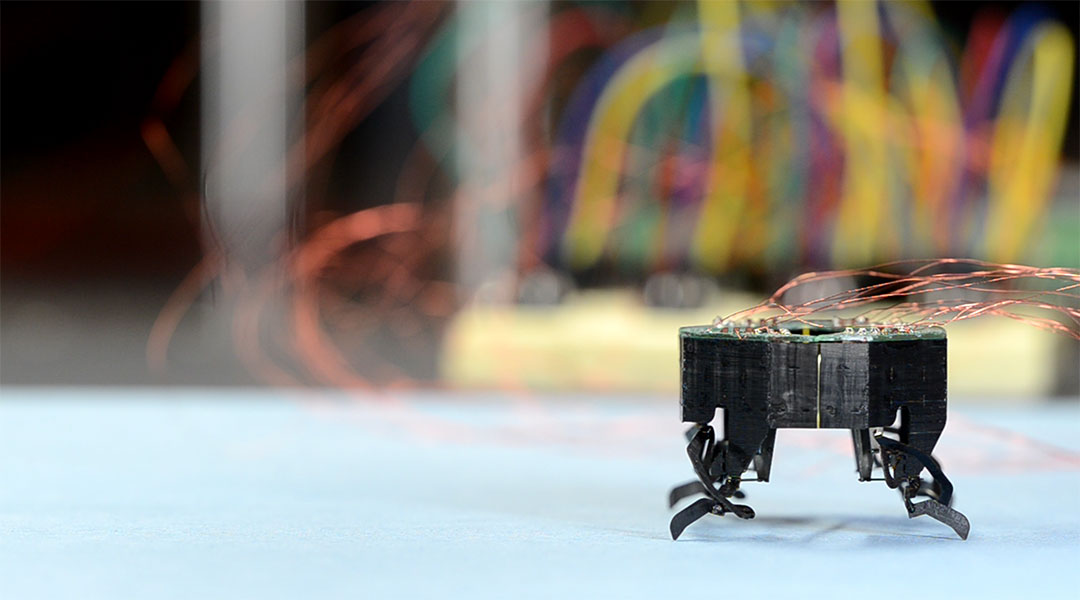
A miniature, shape-changing robot could have applications in search and rescue, scuttling across tight and cluttered environments like an insect.

Groundbreaking soft sensors enable robots to both see and feel, paving the way for robots that can autonomously interact with and understand their environment.
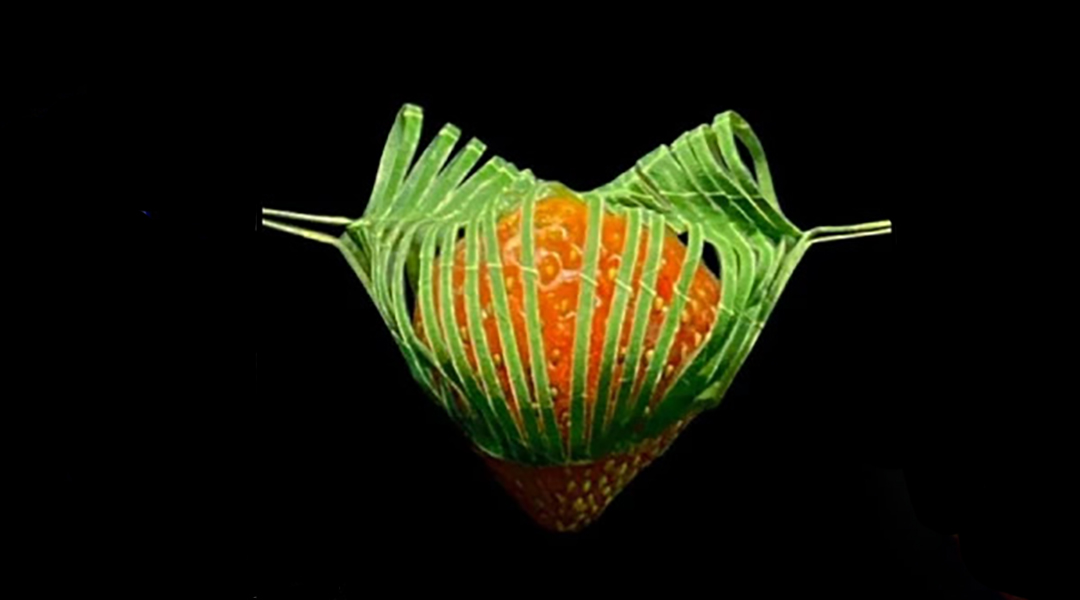
A kirigami-inspired gripper that can pick up water droplets, microfibers 40 times thinner than a human hair, and objects 16,000 times its own weight.
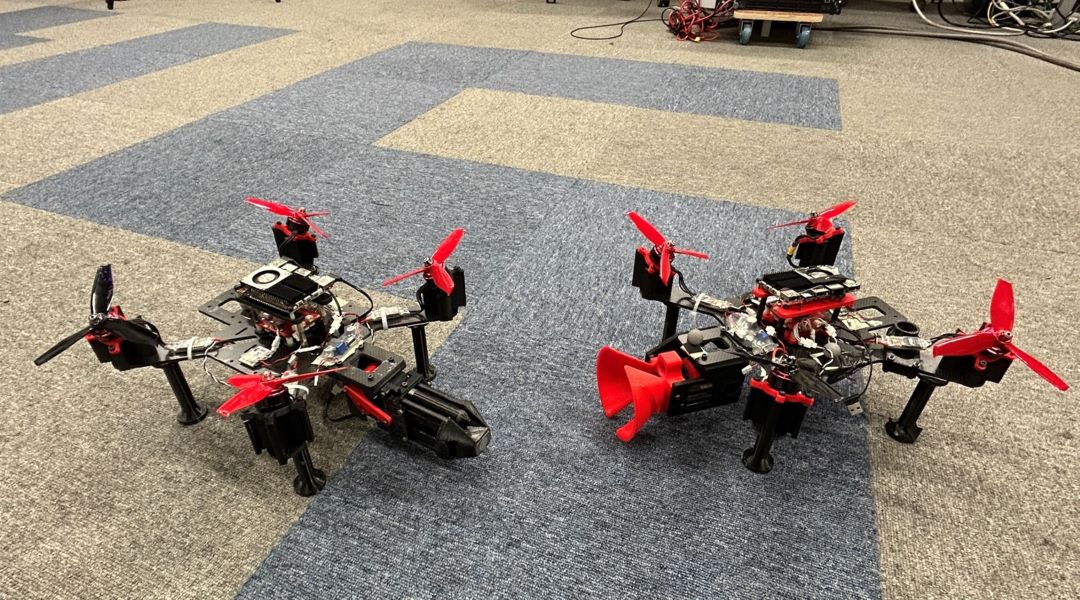
It may sound like something straight out of an anime, but TRADY is a rotor-based flying robot that can combine to boost its strength and capabilities.

AI is changing the labor-intensive process of manual cell counting, offering improved accuracy, efficiency, and a door into new scientific applications.
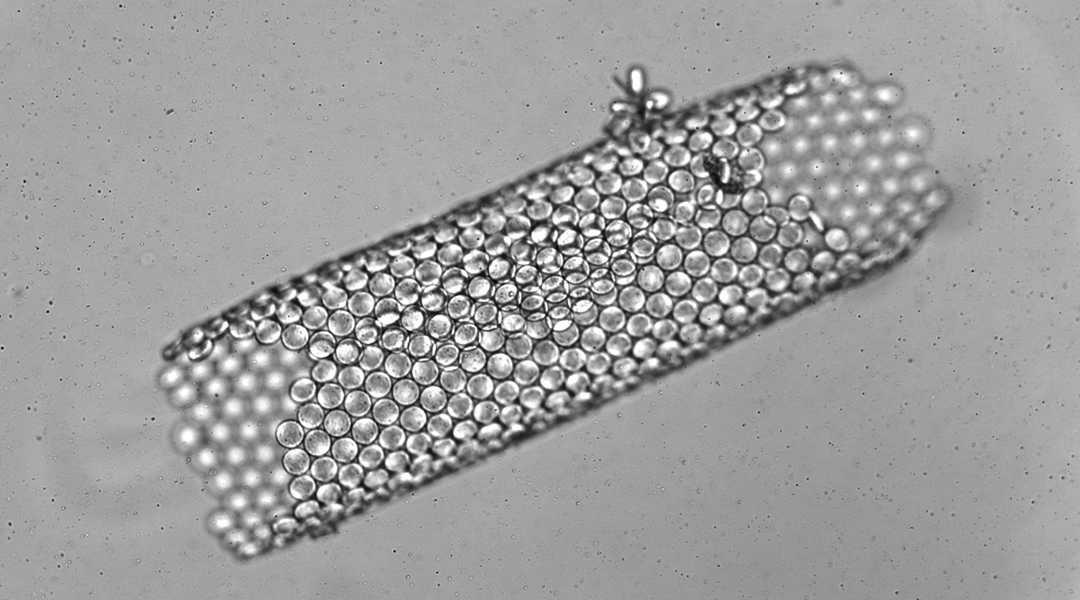
Scientists have developed a method to produce millimeter-scale soft robots by chemically binding hundreds of microrobots together.
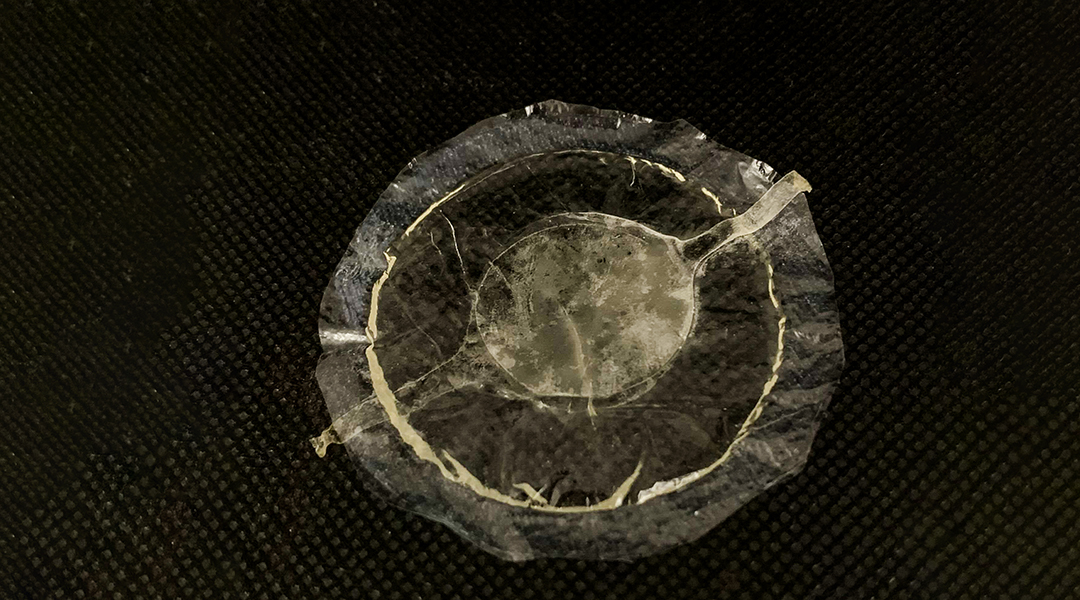
A soft, biodegradable actuator that could drive the motion of biodegradable robots and a future in symbiosis with human operators.

Is AI that predicts which paintings are memorable and famous, regardless of content, style, or context, a threat to creativity or tool for positive change?
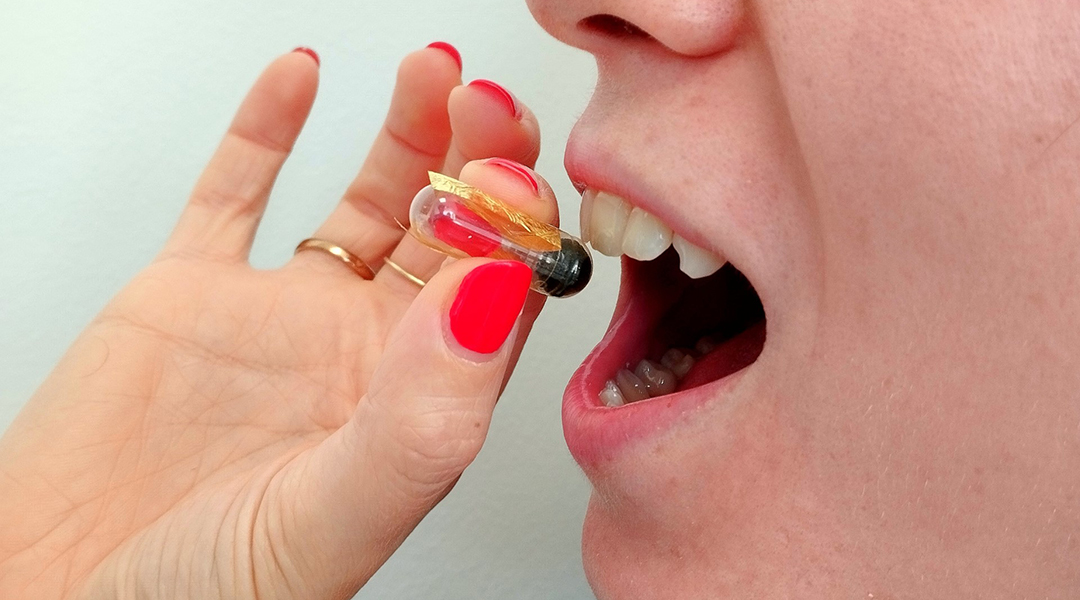
A partially edible robot based on a fully edible sensor addresses the burden of electronic waste while simultaneously acting as a nutrition source.